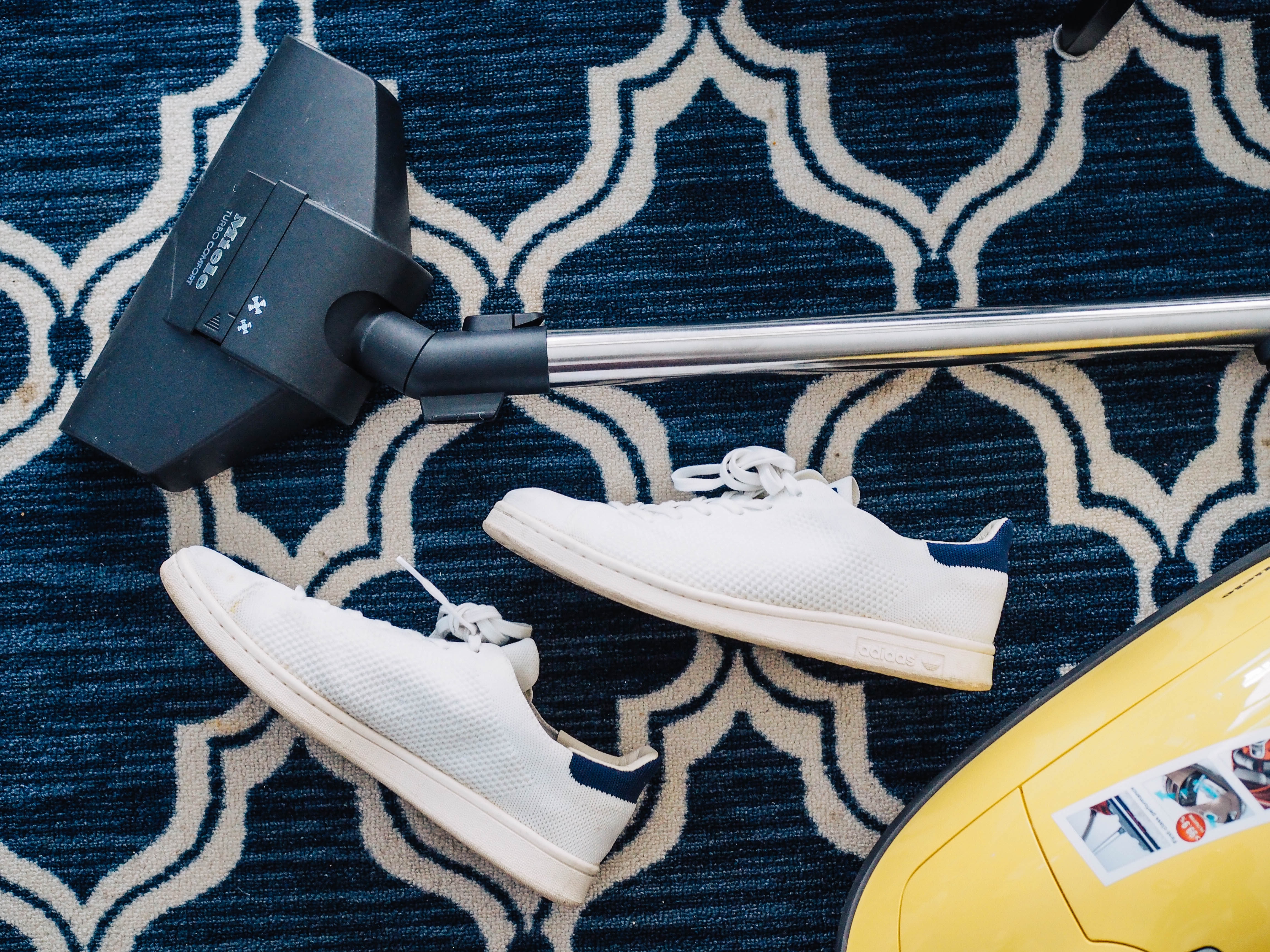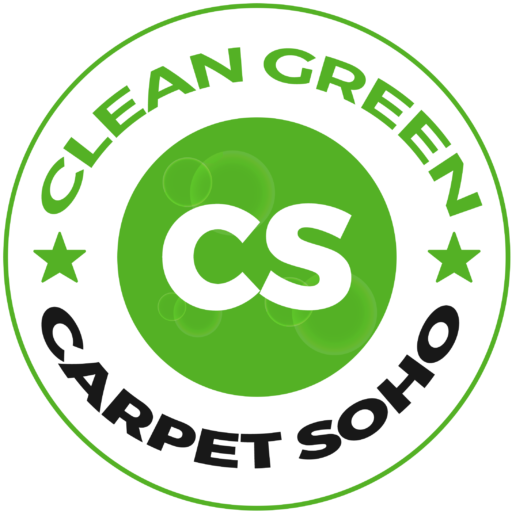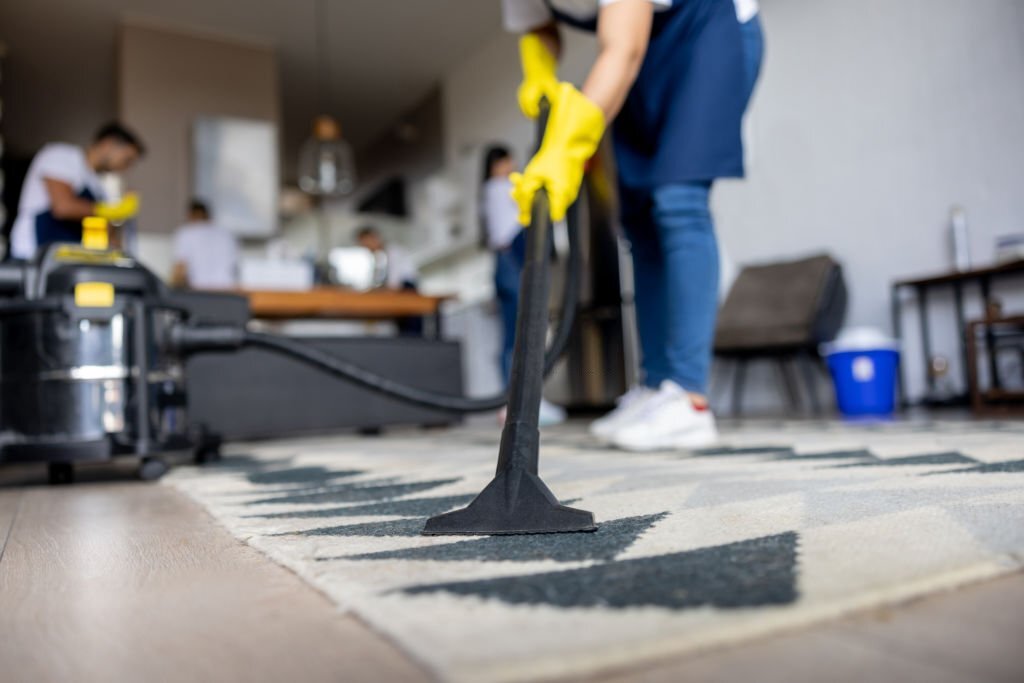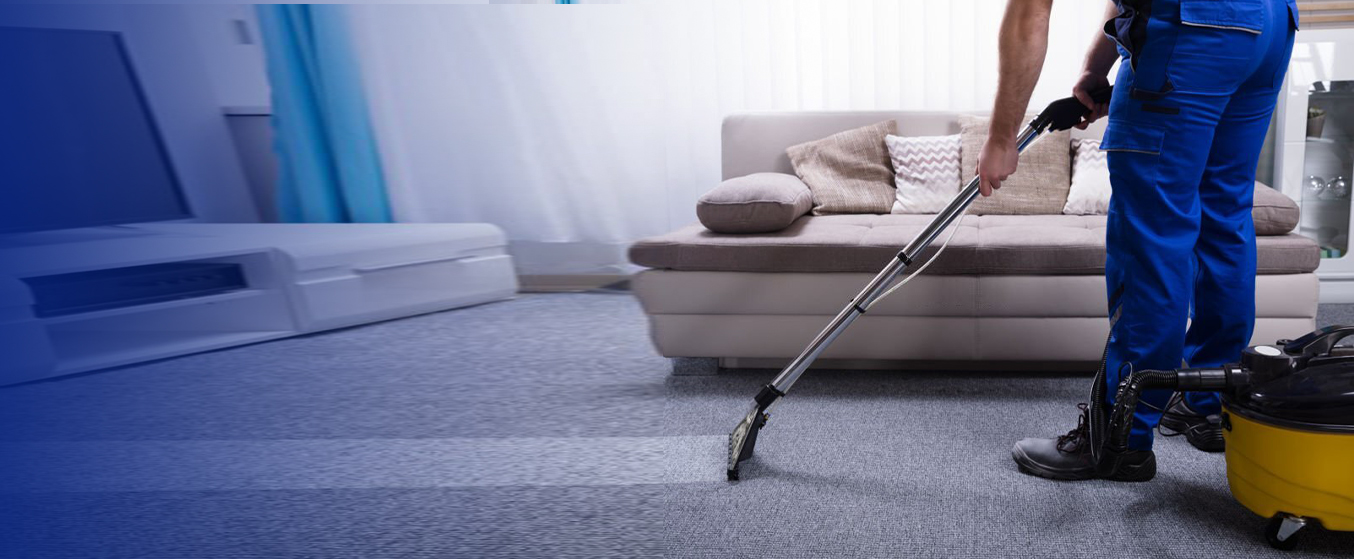
The Ultimate Guide to Carpet Cleaning: Secrets to a Fresh and Spotless Home
Introduction
Are you tired of looking at dull and dirty carpets in your home? Do you dream of walking on soft, fresh, and spotless flooring? Look no further! Our ultimate guide to carpet cleaning is here to transform your home into a haven of cleanliness and comfort.
With our expert tips and secrets, you’ll learn how to remove stubborn stains, eliminate odors, and restore the vibrant colors of your carpets. Whether you’re dealing with red wine spills, pet accidents, or everyday dirt and grime, we’ve got you covered.
Our comprehensive guide will take you through the essential tools and techniques for deep cleaning, as well as preventative measures to keep your carpets looking pristine. Say goodbye to expensive professional cleaners and hello to a DIY carpet cleaning routine that will leave your home feeling fresh and inviting. Get ready to unveil the secrets to a spotless and welcoming home with our ultimate guide to carpet cleaning.
The Importance of Carpet Cleaning
Keeping your carpets clean goes beyond just aesthetics. Regular carpet cleaning is essential for maintaining a healthy and hygienic home. Carpets tend to accumulate dust, dirt, allergens, and even mold if not properly cleaned. These pollutants can cause respiratory problems, allergies, and other health issues, especially for those with pre-existing conditions.
Additionally, neglecting carpet cleaning can lead to the deterioration of the carpet fibers, reducing their lifespan and overall appearance. By regularly cleaning your carpets, you can extend their longevity and preserve their original beauty.
Proper carpet maintenance also plays a crucial role in maintaining indoor air quality. Dirty carpets can release particles into the air when walked on or disturbed, which can be inhaled and cause respiratory issues. Regular vacuuming and deep cleaning can effectively remove these particles, ensuring a healthier living environment for you and your family.
In summary, carpet cleaning is not just about having visually appealing carpets. It is a vital aspect of maintaining a clean, healthy, and comfortable home.
Common Carpet Cleaning Methods
When it comes to carpet cleaning, there are several methods to choose from. Each method has its own set of pros and cons, and the choice depends on factors such as the carpet type, level of dirtiness, and personal preference.
- Vacuuming: Regular vacuuming is the foundation of carpet maintenance. It helps remove surface dirt, dust, and debris, preventing them from sinking deeper into the carpet fibers. For optimal results, vacuum your carpets at least once a week, focusing on high-traffic areas.
- Steam Cleaning: Also known as hot water extraction, steam cleaning is a popular method for deep cleaning carpets. It involves using hot water and cleaning agents to loosen and extract dirt from the carpet fibers. A specialized machine then vacuums up the moisture along with the dirt, leaving your carpets refreshed and sanitized.
- Dry Carpet Cleaning: This method uses specialized cleaning compounds or powders that are spread onto the carpet and worked into the fibers. The compounds attract dirt and debris, which are then vacuumed up. Dry carpet cleaning is a convenient option as it requires little to no drying time.
- Shampooing: Shampooing involves applying a specially formulated carpet shampoo to the carpet, followed by scrubbing and rinsing. While it can effectively remove stains and dirt, it often requires more drying time compared to other methods.
- Foam Cleaning: Foam cleaning is a variation of shampooing where a foam detergent is applied to the carpet. The foam encapsulates the dirt, which is then vacuumed once the carpet is dry. Foam cleaning is known for its quick drying time and ease of use.
- Bonnet Cleaning: This method is commonly used in commercial settings but can also be applied to residential carpets. It involves using a rotating brush or bonnet pad to agitate the carpet fibers and absorb dirt. Bonnet cleaning is fast and effective for surface-level cleaning.
Remember, the choice of cleaning method depends on various factors such as carpet type, level of dirtiness, and available equipment. It’s important to assess your specific needs and choose the method that suits you best.
DIY Carpet Cleaning Solutions and Tips
If you prefer a hands-on approach to carpet cleaning, there are plenty of DIY solutions and tips that can help you achieve professional-level results. With the right techniques and ingredients, you can tackle different types of stains and restore your carpets to their former glory.
- Baking Soda and Vinegar: This powerful combination is a go-to solution for many carpet stains. For general cleaning, sprinkle baking soda over your carpets, let it sit for a few hours to absorb odors, and then vacuum it up. For tougher stains, create a paste using baking soda and vinegar, apply it to the stain, and gently scrub before rinsing.
- Hydrogen Peroxide: Hydrogen peroxide is excellent for removing tough stains like red wine, blood, and ink. Before applying, test the solution on an inconspicuous area of your carpet to ensure it doesn’t cause discoloration. Then, apply a small amount of hydrogen peroxide directly to the stain, let it sit for a few minutes, and blot with a clean cloth.
- Club Soda: Club soda is an effective remedy for fresh stains, such as coffee or tea. Blot the stain with a clean cloth to remove excess liquid, then pour club soda over the stain and continue blotting until the stain disappears.
- Dish Soap Solution: A simple solution of dish soap and warm water can work wonders on various stains. Mix a few drops of dish soap with warm water, dampen a clean cloth or sponge with the solution, and gently blot the stained area. Rinse with clean water and blot dry.
- Ice Cubes: Ice cubes can help remove chewing gum or wax from your carpets. Place a few ice cubes in a plastic bag and apply it to the affected area. Once the gum or wax hardens, gently scrape it off with a butter knife or a spoon.
Remember to always spot-test any DIY solution on a small, inconspicuous area of your carpet before applying it to larger areas. Additionally, never scrub or rub vigorously as it may damage the carpet fibers. Instead, blot or dab the stain gently to avoid spreading or pushing the stain deeper into the carpet.
Hiring a Professional Carpet Cleaning Service
While DIY carpet cleaning can be effective, there are instances where professional expertise is necessary. Professional carpet cleaners have the knowledge, experience, and specialized equipment to handle stubborn stains, deep-seated dirt, and extensive cleaning.
Here are a few reasons why hiring a professional carpet cleaning service may be beneficial:
- Deep Cleaning Expertise: Professional cleaners are well-versed in the latest cleaning techniques and have access to advanced equipment that can provide a thorough deep clean. They can target deep-seated dirt, remove tough stains, and restore your carpets to their original condition.
- Time and Effort Savings: Carpet cleaning can be a time-consuming and physically demanding task, especially for larger areas. By hiring professionals, you can save yourself the time and effort required for a comprehensive cleaning. They will handle all the heavy lifting and ensure your carpets receive the attention they need.
- Allergen Removal: Professional carpet cleaning services often include treatments that can effectively remove allergens, such as dust mites and pet dander. This is particularly beneficial for individuals with allergies or respiratory conditions, as it helps create a healthier indoor environment.
- Stain Removal Expertise: Some stains require specialized knowledge and techniques to remove. Professional cleaners have experience dealing with a wide range of stains and can employ the most effective solutions to eliminate them without causing further damage to your carpets.
When choosing a professional carpet cleaning service, ensure they are reputable, licensed, and insured. Read reviews, ask for recommendations from friends or family, and request a detailed quote before making a decision. Remember that the cheapest option may not always provide the best results, so prioritize quality and expertise when making your selection.
Carpet Cleaning Equipment and Tools
To achieve optimal results when cleaning your carpets, it’s important to have the right equipment and tools at your disposal. Here are some essential items you’ll need for effective carpet cleaning:
- Vacuum Cleaner: A high-quality vacuum cleaner is the backbone of carpet maintenance. Look for a vacuum with strong suction power, a rotating brush or beater bar, and various attachments to tackle different surfaces and areas. Regular vacuuming will help remove loose dirt and debris, preventing them from embedding into the carpet fibers.
- Carpet Cleaner Machine: If you prefer a more thorough clean or have heavily soiled carpets, investing in a carpet cleaning machine can be worthwhile. These machines use hot water extraction or steam cleaning methods to deep clean your carpets, removing dirt, stains, and odors. Consider renting or purchasing a machine based on your cleaning needs and budget.
- Carpet Cleaning Solutions: Using the right carpet cleaning solutions is crucial for effective stain removal and overall cleanliness. Look for products that are specifically formulated for carpets and avoid using harsh chemicals that may damage the fibers. There are various options available, including pre-treatment sprays, spot cleaners, and carpet shampoos. Always read and follow the instructions provided by the manufacturer.
- Scrub Brushes: Having a few scrub brushes of different sizes and bristle types can be beneficial for tackling tough stains and agitating the carpet fibers during cleaning. Choose brushes with soft bristles to avoid damaging the carpet.
- Microfiber Cloths and Towels: Microfiber cloths and towels are excellent for blotting and drying carpets after cleaning. They are highly absorbent and leave minimal lint behind, ensuring a streak-free finish.
- Protective Gear: When using carpet cleaning solutions or handling dirty carpets, it’s important to protect yourself. Wear gloves to shield your hands from chemicals and allergens, and consider using a face mask if you have respiratory sensitivities.
Having the right equipment and tools can make your carpet cleaning efforts more efficient and effective. Invest in quality items that will last, and always follow the manufacturer’s instructions for proper usage and maintenance.
Understanding Carpet Cleaning Products and Chemicals
When it comes to carpet cleaning, understanding the different products and chemicals available can help you choose the most suitable options for your needs. Here’s a rundown of common carpet cleaning products and their uses:
- Carpet Pre-Treatment Sprays: Pre-treatment sprays are designed to loosen dirt, stains, and odors before deep cleaning. They are typically applied directly to the affected areas and left to sit for a few minutes before further cleaning. Pre-treatment sprays can help enhance the effectiveness of your cleaning routine, particularly for heavily soiled or stained carpets.
- Spot Cleaners: Spot cleaners are specialized products formulated to remove specific stains, such as pet stains, coffee spills, or ink marks. They are typically applied directly to the stain and gently blotted or rubbed with a clean cloth. Spot cleaners are convenient for tackling isolated stains without having to clean the entire carpet.
- Carpet Shampoos: Carpet shampoos are used in conjunction with carpet cleaning machines or as part of a manual cleaning process. They are designed to foam and penetrate deep into the carpet fibers, loosening dirt and stains. Carpet shampoos are available in various formulations, including those suitable for specific carpet types or stain types.
- Enzyme Cleaners: Enzyme cleaners are highly effective for removing organic stains, such as those caused by pet accidents or food spills. These cleaners contain enzymes that break down the organic matter, eliminating both the stain and the associated odor. Enzyme cleaners are a preferred choice for pet owners or households with young children.
- Carpet Deodorizers: Carpet deodorizers are used to neutralize odors trapped in the carpet fibers. They come in powder or spray form and are typically applied after cleaning or as a standalone freshening treatment. Carpet deodorizers can help eliminate unpleasant smells, leaving your carpets smelling clean and fresh.
Always read the labels and instructions provided by the manufacturers when using carpet cleaning products. This will ensure proper usage and help you achieve the desired results without causing any damage to your carpets.
Carpet Cleaning for Different Types of Stains
Stains are an inevitable part of daily life, especially when it comes to carpets. Knowing how to effectively remove different types of stains is crucial for maintaining clean carpets. Here are some common types of stains and the best ways to tackle them:
- Food and Beverage Stains: Food and beverage stains, such as coffee, tea, wine, or sauce spills, should be addressed promptly to prevent them from setting into the carpet fibers. Blot the stain immediately with a clean cloth or paper towel to absorb as much liquid as possible. Then, depending on the type of stain, apply a suitable stain remover or DIY solution mentioned earlier and gently blot until the stain is lifted.
- Pet Stains: Pet accidents can leave behind stubborn stains and unpleasant odors. For fresh stains, blot the area with a clean cloth to remove excess liquid. Then, apply an enzyme cleaner specifically designed for pet stains and follow the instructions provided. For older or dried stains, it may be necessary to use a carpet cleaning machine or seek professional assistance.
- Oil and Grease Stains: Oil and grease stains can be particularly challenging to remove from carpets. Start by blotting the stain with a clean cloth to absorb any excess oil. Avoid rubbing, as it can spread the stain further. Sprinkle baking soda or cornstarch over the stain and let it sit for a few minutes to absorb the oil. Gently brush off the powder and treat the remaining stain with a suitable stain remover or DIY solution.
- Ink Stains: Ink stains require immediate attention to prevent them from spreading. Blot the stain with a clean cloth or paper towel to remove any excess ink. Next, apply to rub alcohol or a specialized ink stain remover to a clean cloth and blot the stain, working from the outer edges towards the center. Avoid rubbing, as it can push the ink deeper into the carpet fibers. Continue blotting until the stain is lifted.


